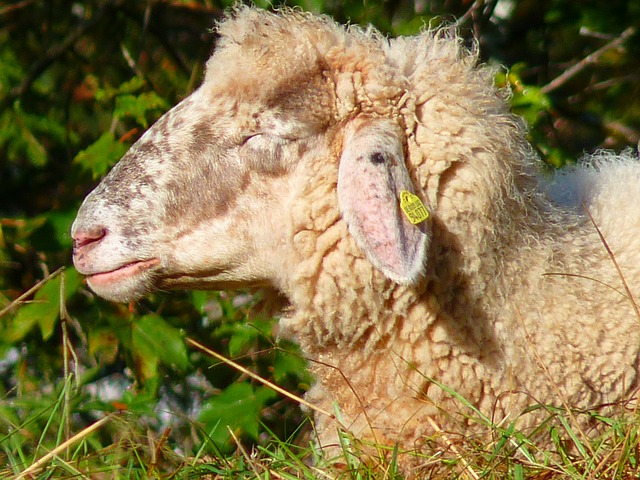Warmest Comforter Material

If you sleep cold or have a cold bedroom you will need the warmest comforter material you can find. Buying a warm comforter is a great investment and pays for itself by lowering heating costs. Most heaters work by burning gas or if you have a fireplace, burning wood. Along with the heat, this creates carbon monoxide which is then released into the house. When you have a warm comforter you can lower the heat, saving on your heating bill and also helping you get a better nights sleep due to having cleaner air in your house.
Comforters come in many different types of materials. Many are natural, but others are man-made. Not all comforter materials retain warmth at the same levels.
Bed warmth is created by trapped air pockets that are filled with heat. This heat stays in the comforter keeping you warm. The amount of warmth created depends on two things, the amount of air trapped, and how long it takes the air to escape the comforter.
A thick, fluffy comforter will have lots of room for air to get trapped in. This will allow a lot of warm air to stay within the comforter. A very flat and thin comforter (like a blanket) will not be able to trap air as well. There is less room for warm air in a thin comforter.
But fluffiness and thickness is not the only aspect of warmth. Different comforter materials have different levels of breathability. Natural materials tend to breath better. The better a comforter breaths, the faster the air within the comforter escapes.
A warm comforter will have a balance of thickness and slowly escaping air. But warmth is not the only thing to consider when creating a comforter. If a comforter does not breath, then you will wake up sweaty. The moisture released from your body will not be able to escape. There is a fine balancing act between creating warmth and breathability.
Warmest Materials
Down
Down is a natural material that combines breathability and warmth like nothing else. No man-made material is able to combine the qualities of down. Down has thousands of years of evolution behind it. It has the best combination of warmth and breathability.
Take a look at our down comforter recommendations.
Polyester
Polyester is a man-made material. It is cheap and easy to care for. It is also very warm. A quality polyester comforter can be just as warm as a down comforter. The problem with polyester is that it does not breath well. Because of this you will rarely find very thick polyester comforters. A polyester comforter which is too thick will trap moisture, leading to mold and sweaty nights.
Silk
Silk comforters are thin and do not fluff. They are able to contain warmth better than cotton or even wool (pound for pound). Silk is very breathable and light-weight. Silk comforters are usually created to be year-round, or three-season and are generally not made to be the warmest comforter on the market. Because of this, it is difficult to find a super-warm silk comforter.
Take a look at our silk comforter guide.
Wool
Wool is good at regulating heat. It is warmer than cotton, but is not the warmest comforter material. Wool is also nice because it stays warm when wet, so if you sweat a lot, a wool comforter will help keep you warm. Wool is also a heavier material and not as fluffy.
Check out our wool comforter guide.
Cotton
Cotton is a natural plant material. It's cheap and easy to care for. However it is not very warm. If you are looking for a warm comforter, look for a material other than cotton.
So What's Warmest?
If you can afford it, get a quality winter down comforter. It will have the best combination of warmth and breathability. A cheaper option is to layer a couple different comforters. You can combine a breathable comforter, like wool with a polyester comforter on top. Layering comforters creates a large pocket of warmth between the two (or more) comforters. This pocket of air between the comforters is going to add more warmth than either of the comforters would on their own.
Warmth is not the only characteristic of comforter materials. Allergies, price, fluffiness and ease of cleaning should also be considered.